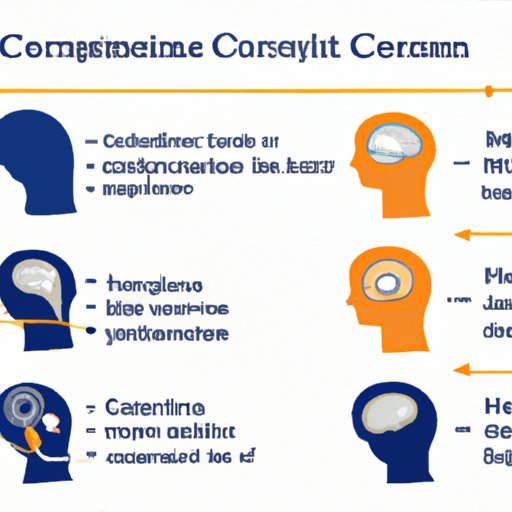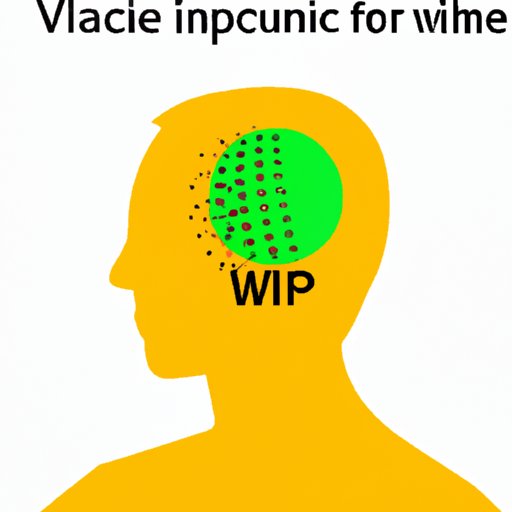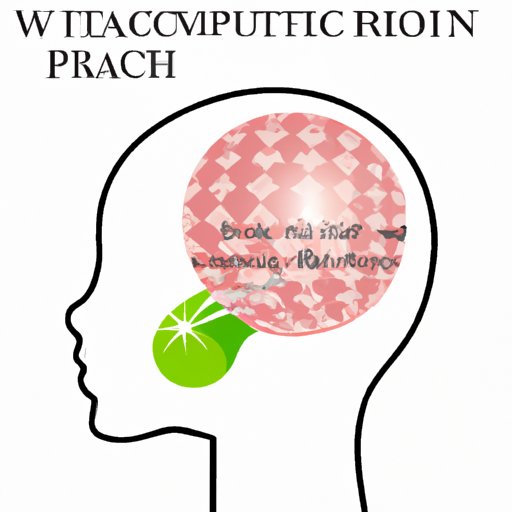I. Introduction
Concussions have become a common medical condition that people associate with athletes. However, concussions are not just limited to sports injuries. A concussion can happen to anyone, even without hitting your head directly. Understanding non-impact concussions is important for both identifying this condition and taking necessary preventive measures. In this article, we will explore what a concussion is, its common causes, and how it can occur without striking your head. We will also discuss its symptoms, preventions, and treatments.

II. Defining a Concussion and Its Common Causes
A concussion is a traumatic brain injury that alters normal brain function. It can occur when the head is violently shaken, or when there is a direct hit to the head. However, concussions can also happen without a direct hit to the head. People suffer from non-impact concussions when their head moves quickly in one direction, and the brain bounces back and forth within the skull. This can happen due to a sudden stop, jolt, or blast wave. Common causes of non-impact concussions include car accidents, falls, and sports activities.
When the brain moves rapidly within the skull, there can be damage to nerve cells, blood vessels, and brain tissue. This leads to temporary loss of normal brain function, which we call a concussion. People often have a misconception that if there is no visible injury on the head, there can be no concussion. However, non-impact concussions can be just as severe as those resulting from direct trauma to the head.
III. Examples of Non-Impact Concussions
Non-impact concussions have become more common in recent years, especially among athletes. When the head moves suddenly, there can be rotational acceleration and deceleration forces acting on the brain. This causes the brain to twist, deform, and strain the axons and other brain tissues, leading to a concussion.
Some examples of non-impact concussions include car accidents, where the head violently jerks forward and backward within the vehicle. Another example is a blast wave, such as those experienced by military personnel exposed to explosive blasts. Cyclists, skateboarders, and snowboarders can also suffer non-impact concussions from sudden changes in speed or direction.
IV. What Medical Experts Say
Medical experts agree that concussions can happen without direct impact to the head. According to the National Institute of Neurological Disorders and Stroke, a concussion changes the way the brain works. This change can occur even without direct trauma to the head but from a sudden acceleration or deceleration of the head.
The concept of rotational acceleration is an important factor in causing non-impact concussions. When there is a sudden change in speed or direction, the brain keeps moving until it collides with the inside of the skull. This sudden stop causes the brain to twist and stretch, leading to damage and altered function.

V. Concussion Symptoms without Impact to the Head
Concussions have several symptoms that can manifest shortly after the injury or take a few days to appear. Common symptoms of a concussion include headaches, dizziness, loss of balance, confusion, and disorientation. In non-impact concussions, the symptoms may not be as obvious.
People with non-impact concussions may experience nausea, vomiting, sensitivity to light and noise, or sleep disturbances. They may feel fatigued, irritable, or have difficulty concentrating. Some people may also have memory problems or changes in mood.

VI. Preventing Concussion without Impact to the Head
Preventing concussion is essential for everyone, especially those involved in sports activities. Some strategies to avoid non-impact concussions include wearing protective gear and taking safety precautions. Depending on the activity, helmets, mouthguards, or protective eyewear can prevent concussions from occurring.
Another important preventive measure is strengthening the neck muscles. A strong neck can help absorb the force of a blow to the head, reducing the risk of a concussion. Practicing good sportsmanship and avoiding reckless behaviors can also help avoid non-impact concussions.
VII. Treating Concussion without Impact to the Head
If you have a concussion, it’s essential to seek medical attention. Doctors will evaluate your symptoms and provide appropriate treatment measures. The primary treatment for a concussion is rest. The brain needs time to heal, and any physical or mental exertion can slow the healing process.
Other strategies for managing symptoms include hydration, over-the-counter pain relievers, and getting plenty of sleep. In some cases, a doctor may prescribe medication to alleviate particular symptoms such as headaches or insomnia.
VIII. Conclusion
Concussions are a severe injury to the brain, and it’s important to understand that a person can suffer a concussion without direct impact to the head. In this article, we have explored what non-impact concussion is, its common causes, and its symptoms. We have also discussed how to prevent and treat non-impact concussions. It’s essential to recognize the signs and symptoms of a concussion and take the right preventive measures to avoid potential brain damage. By taking necessary precautions and keeping our brains safe, we can continue to enjoy sports and other activities with reduced risks of concussion.
